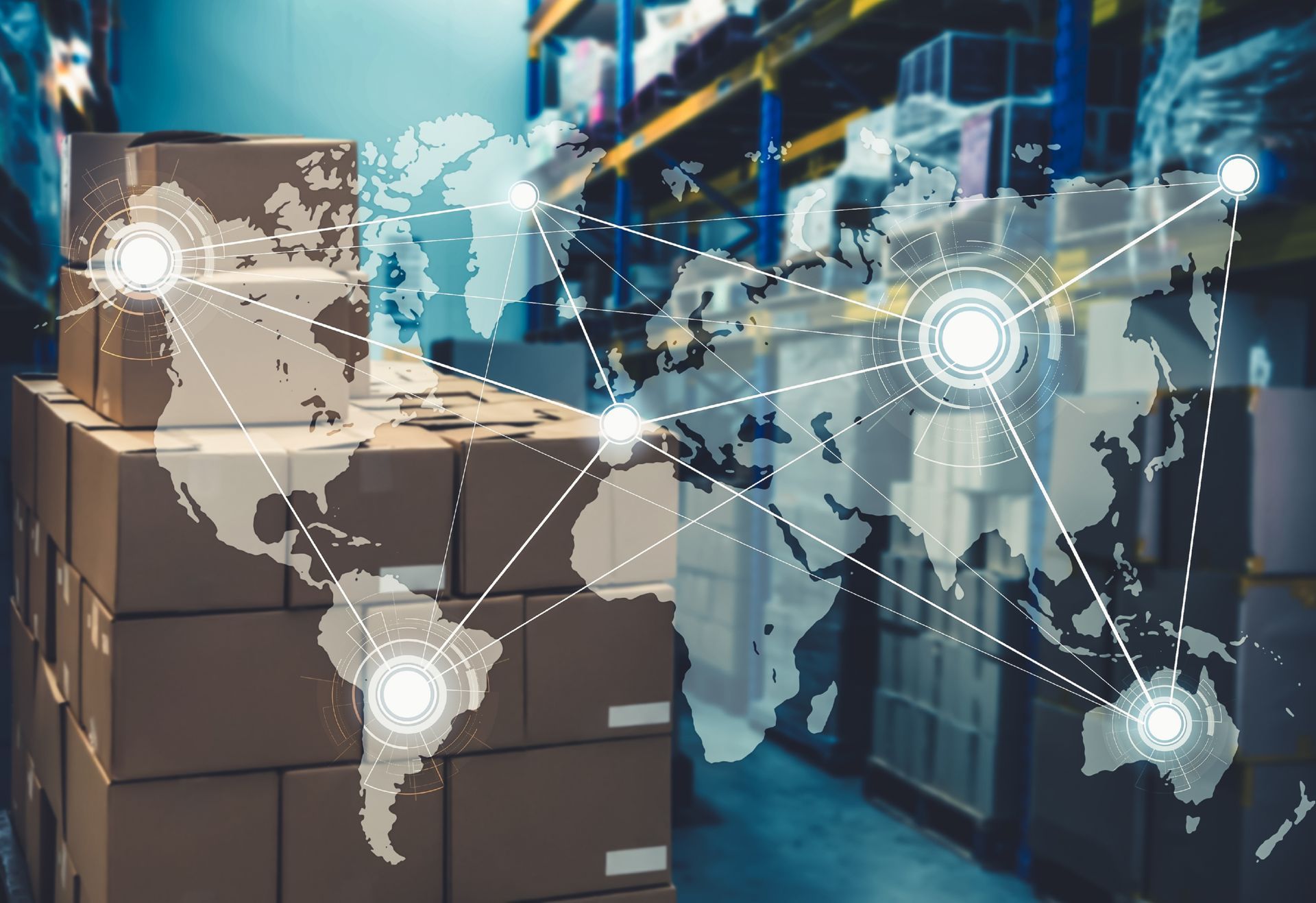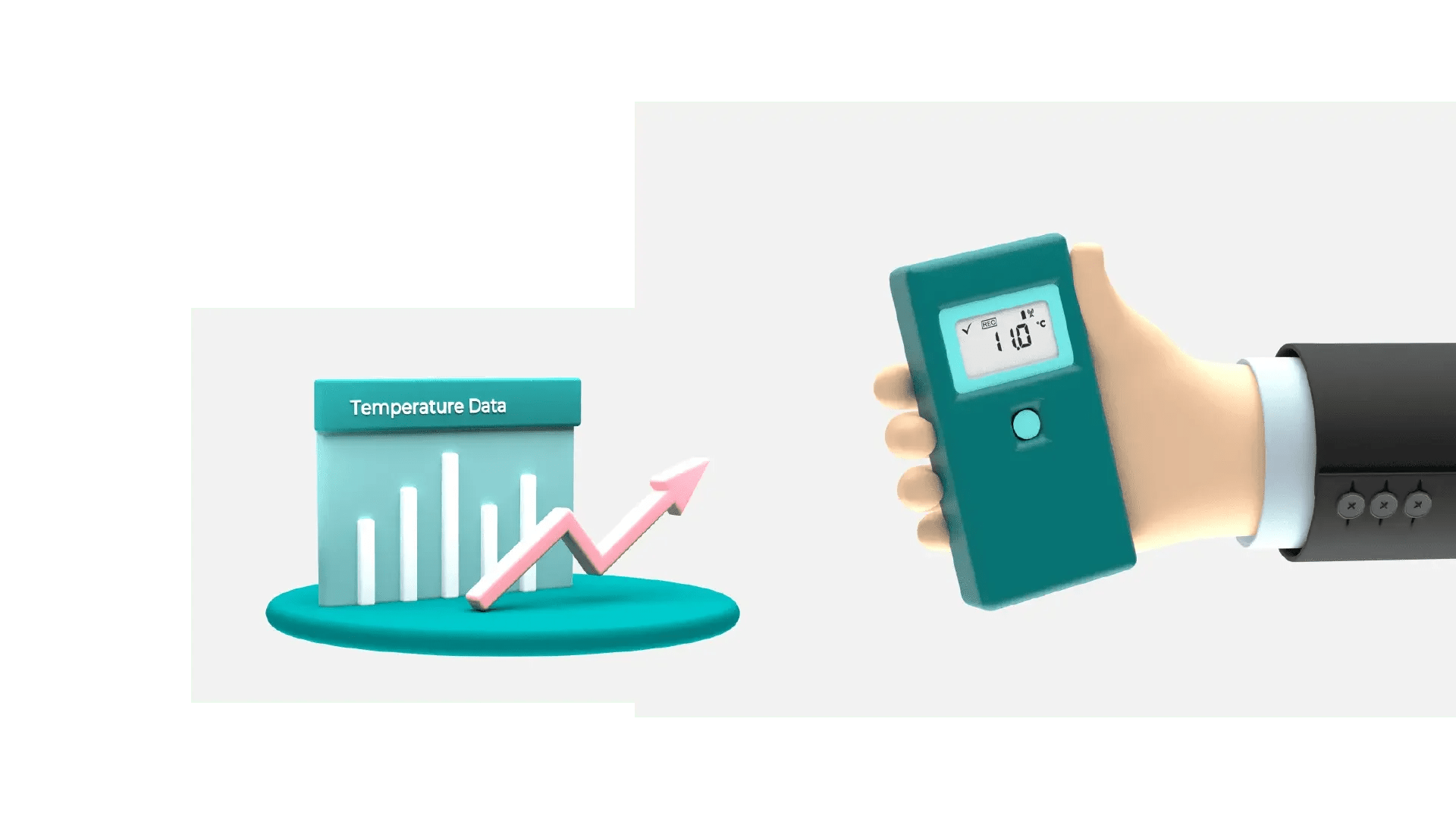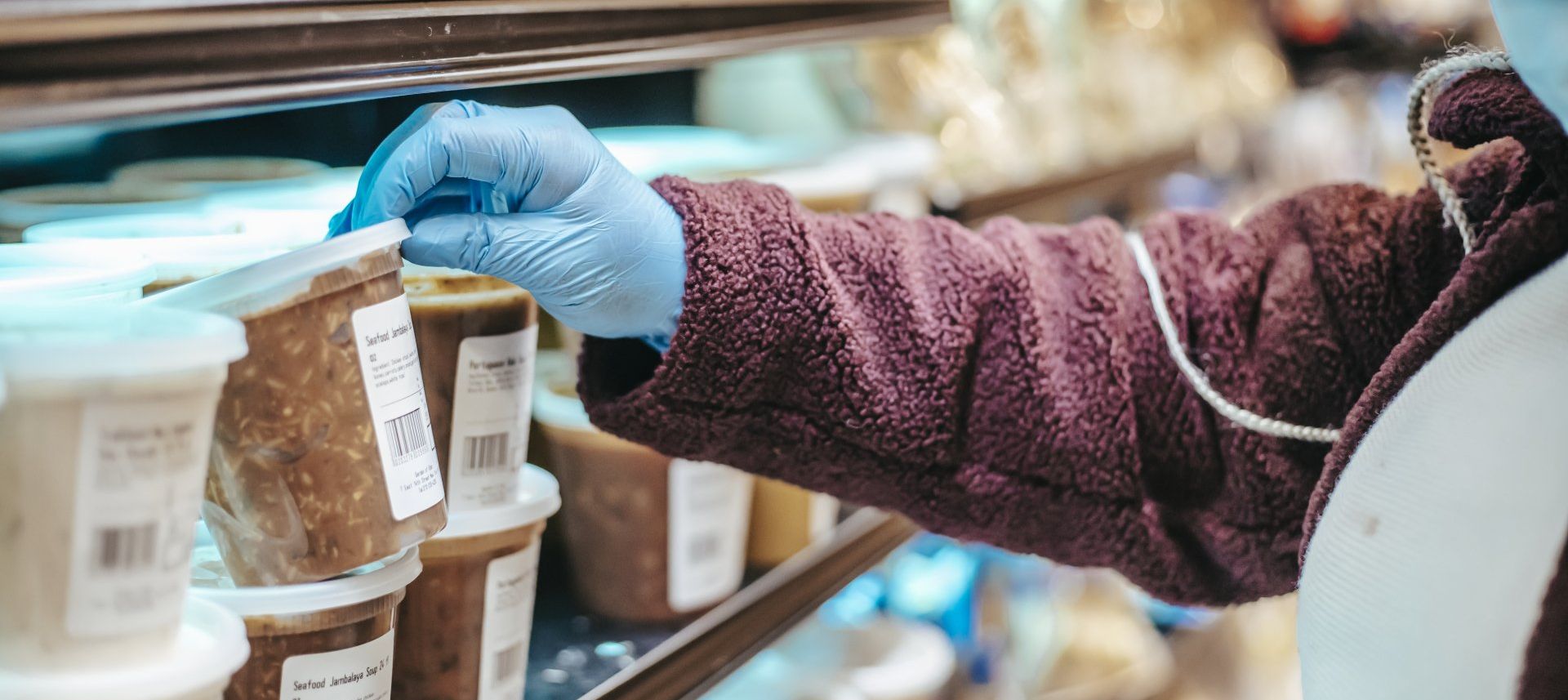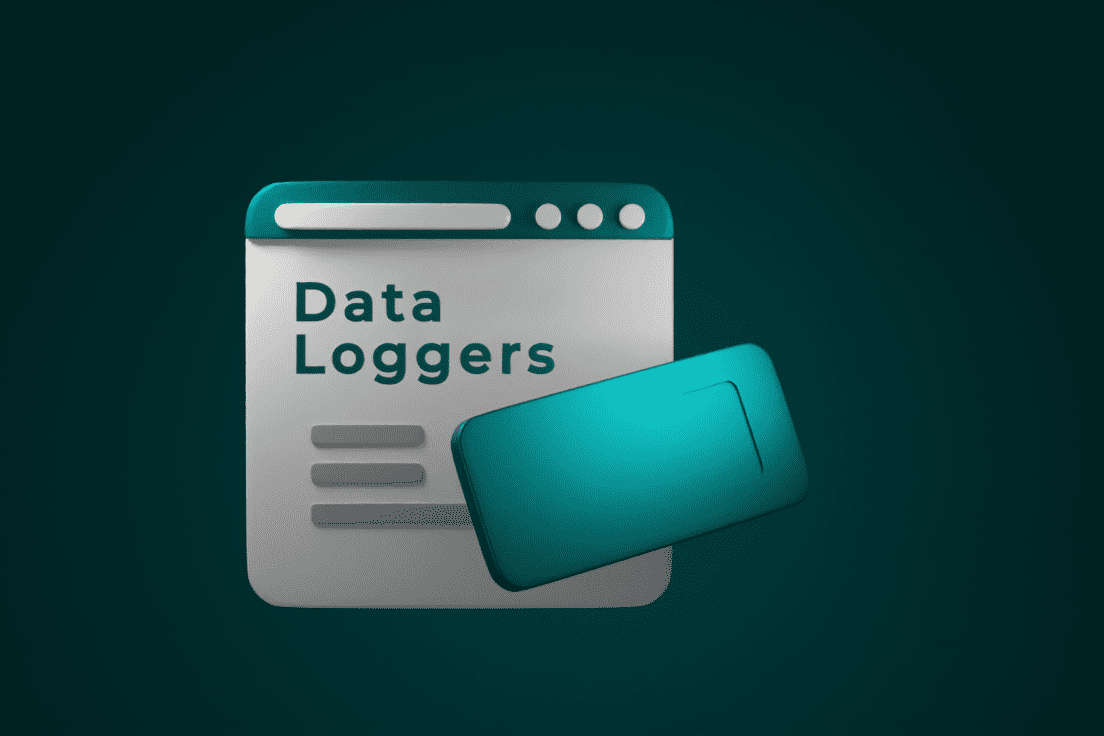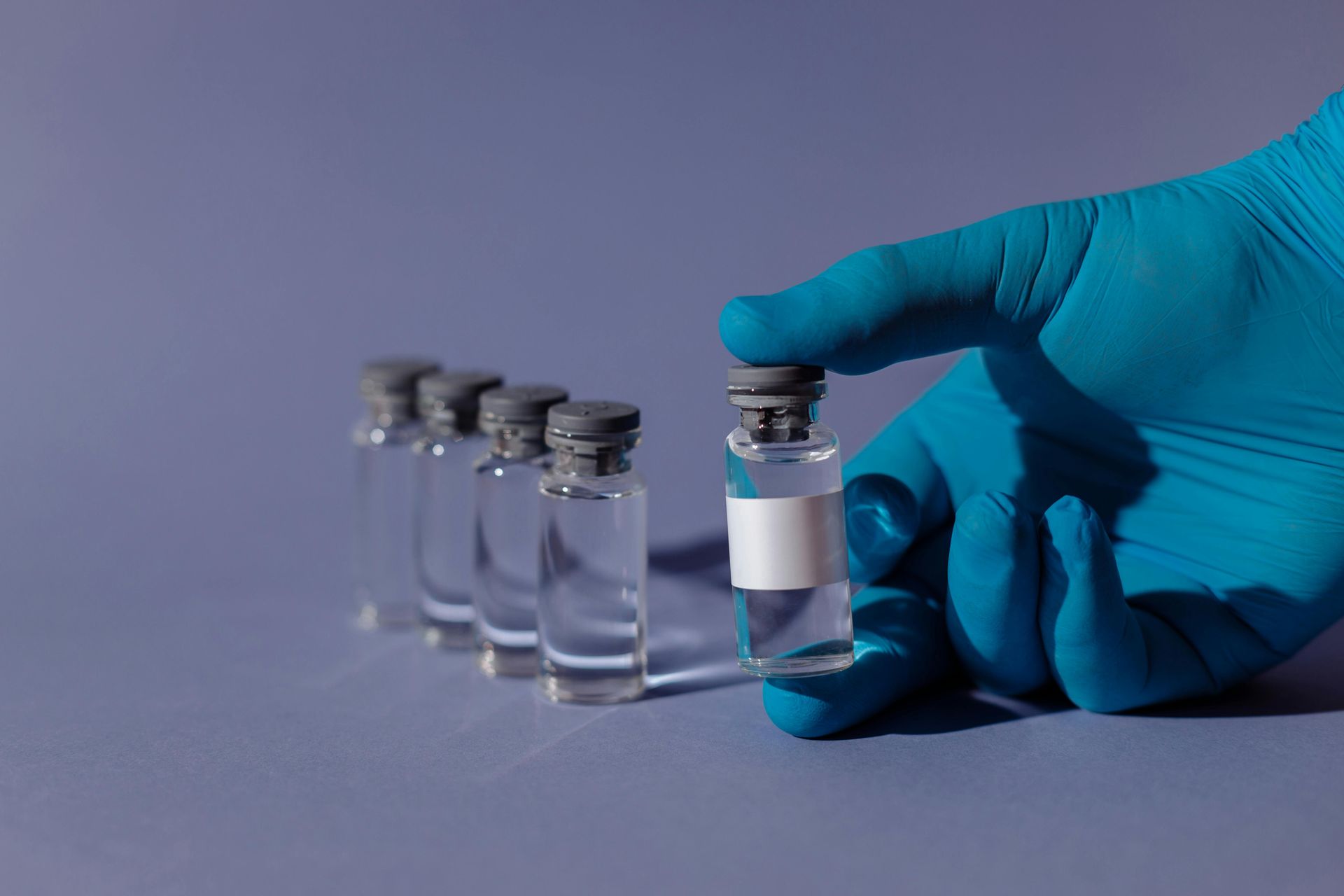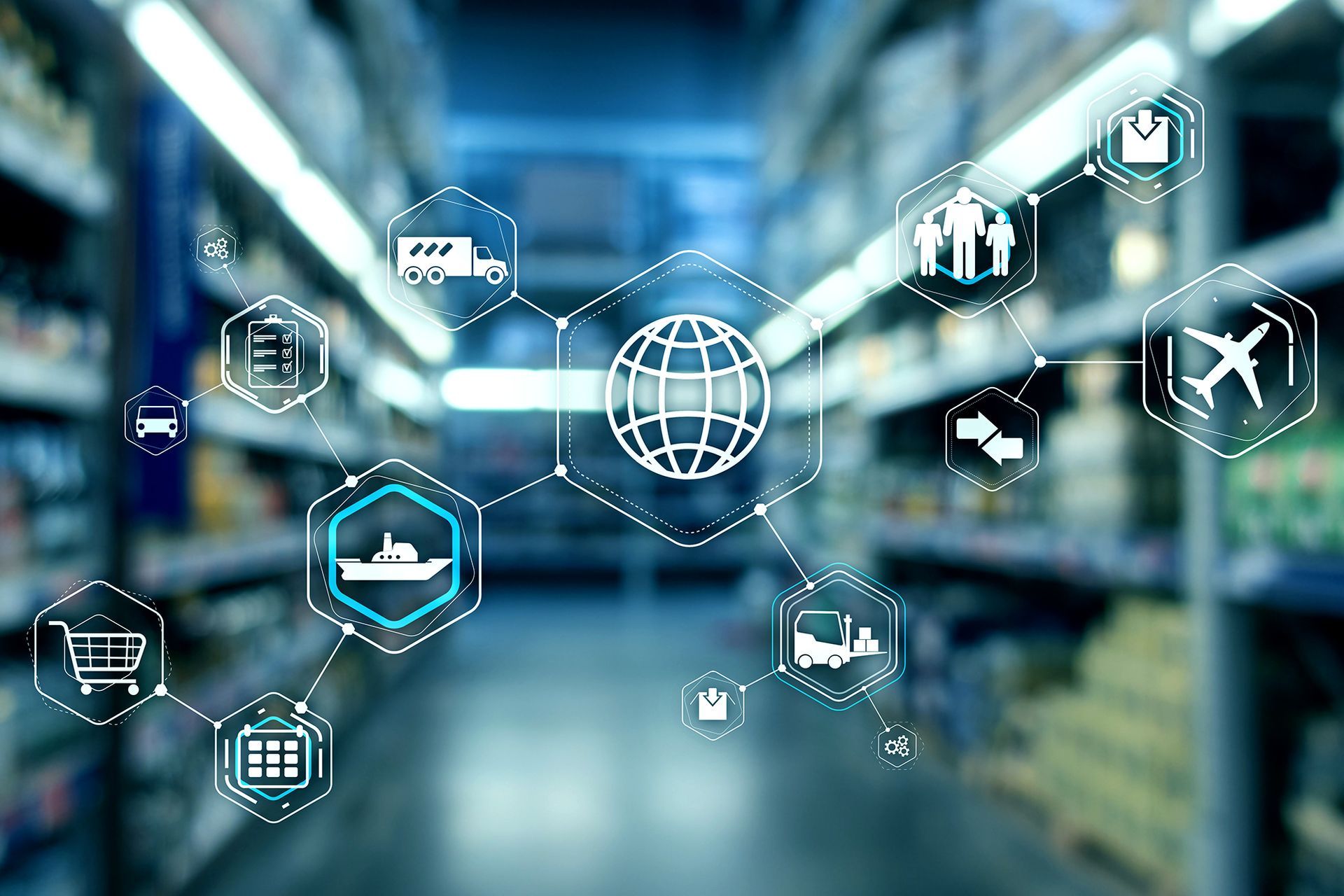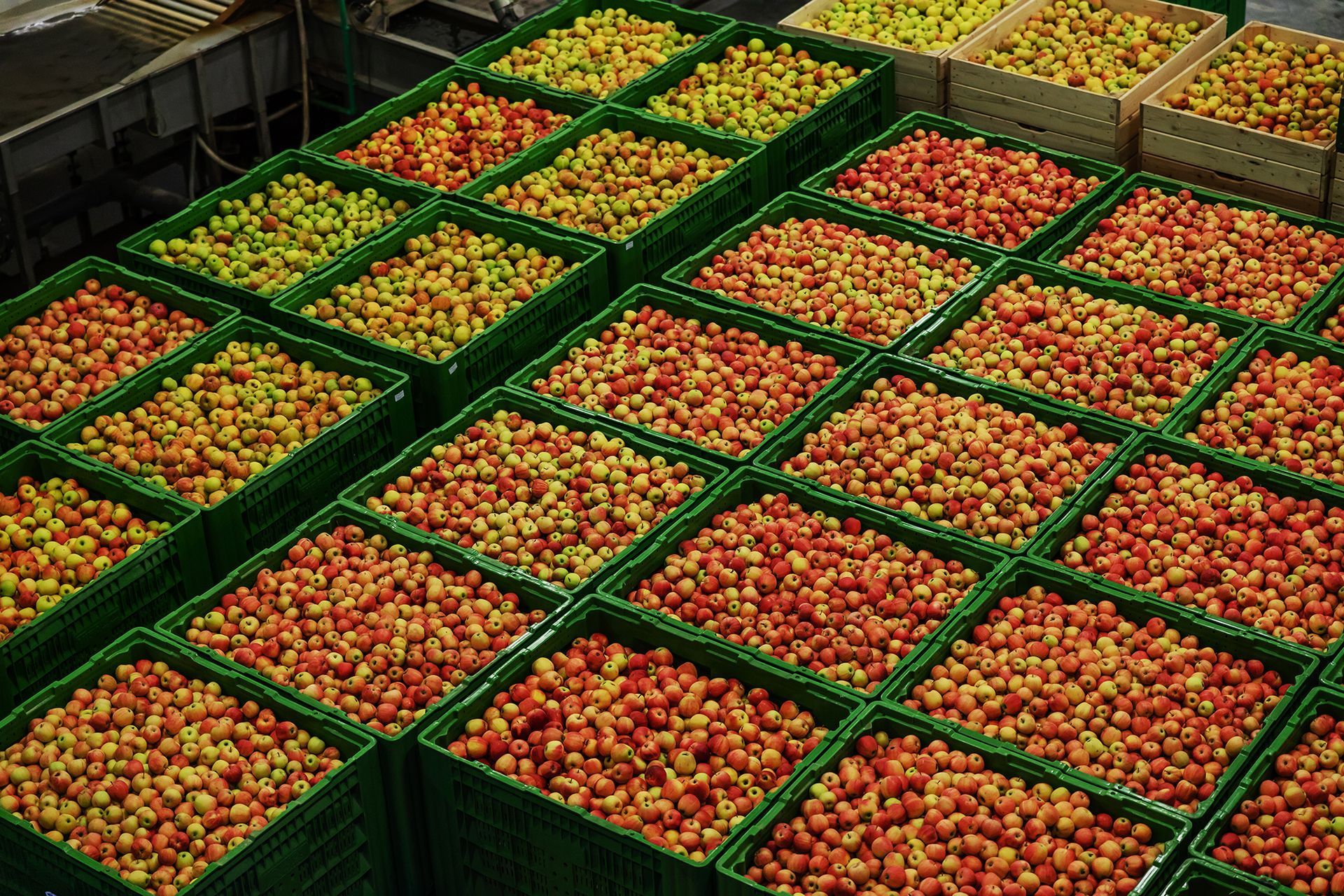Temperature Data Logger – An Ultimate Guide
Data Loggers, Explained.
The industrial revolution resulted in rapid economic growth and increased demand for raw materials. From the revolution concepts like logistics and supply chain management started to emerge. The world started to realise the importance of these notions for operating in international economies.
As these concepts were being developed in 1950’s, the technologies present were not as efficient as it is now. Therefore, space of unavoidable error was left unchecked at that time. Since then, technologies have advanced to help eliminate the risk of these errors and streamline the logistics and supply chain processes for every industry.
Humidity and temperature monitoring solutions, such as
temperature data loggers, are an example of technologies that have been created overtime in particular to monitor vital conditions of moving assets. We are now seeing this being furthered even more to focus on data and the intelligence that can be developed.
You may be wondering how supply chain management processes can be affected by a device like a temperature data logger that monitors the humidity and temperature of any moving assets or how much of an influence it can have.
Let’s take a closer look at this data from the UNEP Food Waste Index 2021 report, which indicates that around 931 million tonnes of food waste were produced in 2019 as a result of poor supply chain management and planning practices. One of the main reasons for food waste highlighted by the report was unfavourable temperature conditions that food had been exposed to.
A temperature data logger can be helpful in reducing the risks associated with transportation and assisting companies globally with understanding conditions that products are exposed to allowing a more proactive approach to be developed. Let us, continue reading to understand more about temperature data logger devices.
ADAPT's PIXEL Temperature Monitoring Device - Explained
Real-time Monitoring For Your Assets.
What Is A Temperature Data Logger?
As the name suggests, a temperature data logger is a portable device that monitors and records temperature. The next question you may ask is what types of objects it can record the temperature off and where it can do so.
A temperature data logger device can track and record the temperature of any asset, consignment, package, or cargo. Data loggers are typically used for assets like perishable goods such as fruit and meat products, vaccines, and other items whose preservation requires a precisely controlled temperature environment.
Within logistics & supply chain management, data loggers can be beneficial as these solutions can give real-time insights on assets while they are in transit or kept in cold chain storage facilities.
Why Is A Temperature Data Logger Required?
Generally, the logistics department of a company deals with an array of challenges and risks when they manage large scale operations.
The kinds of challenges they can face would be as follows –
- Lack of real-time updates - What is the status of your asset while it is in transit phase.
- Tampering cannot be identified - No tampering alerts will be in place if attempts were made to open the package while in transit.
- Lack of visibility can result in greater levels of waste - No options present to reduce wastage of perishable items in the logistics channel itself.
- In the case of vaccines within the pharmaceutical industry lack of traceability can result in difficulty identifying where products are - whether that is in between its journey from regional cold chain storage centres to onoculation centres. If conditions cannot be monitored it can result in the product’s efficacy being affected and not being able to identify where it had occurred throughout its journey.
With the entrance of new age temperature data logger solutions these problems within supply chain management can be easily solved. As at first, it solves your problem of real-time updates of what is the status of your consignment can be checked through the web portal which is already in sync with the data logger device every time.
The next solution is that the temperature data logger devices provide SMS, E-mail alerts in general and also instant alerts whenever violations of conditions occur or any tampering is done in the package.
Further, it provides alerts to you if there is any sudden large drop of temperature takes place. As it can severely affect the perishable asset present there in the package. With this feature in place the problem of wastage can be easily minimised to the lowest limit possible if immediate steps are taken when alerts are received.
A digital record of the temperature of the asset
As the name temperature data logger suggests, it maintains a digital record of the temperature of the asset. Before using the asset as in the case of vaccines this temperature data can be referred to in order to determine if in transportation the optimal temperature was maintained. This is how at remote inoculation centres it can be verified to use the vaccine or not.
While the above are reasons of why a temperature data logger is required in the first place, let’s take a look at how data loggers generally work, and what types are available in the market.
How Do Temperature Data Loggers Work?
Inside the data loggers there are thermistors or thermocouples present which senses and records the temperature at regular intervals. The device itself usually also has a storage memory device in place where this data gets stored.
Generally, these devices are battery powered allowing the devices' battery life to last for a specific duration. In many cases they also have cloud connectivity enabled allowing data to be recorded and transmitted in regular intervals. New age data loggers are small in size, portable, cloud-connected, and are easy-to-use.
All the data recorded can either be viewed both in the transit phase or once a trip is completed depending on the technology used such as cloud connectivity, USB cable plugin method, or by RFID and other systems in place. Also, data loggers can record and report on a range of metrics such as temperature, location, humidity, shock, light exposure and many other factors.
What Types Of Temperature Data Loggers Currently Exist In The Market?
Data loggers come in many different forms, many of which were developed to address particular challenges or use cases. Let’s learn about them in detail –
1. Temperature Data Loggers With Probes
One type of data logger frequently used for products that require ultra-negative temperature monitoring are data loggers with probes. Some types of vaccines must be preserved at extremely low temperatures, therefore these types of temperature monitoring solutions are being used all over the world for global distribution.
Serums and different biopharmaceutical products requiring ultra-negative temperature monitoring are additional products that may need to be monitored using a data logger with a probe. Pharmaceutical companies, and their clients will be able to cut expenses associated with product damage and waste by making sure that temperature-sensitive assets are monitored accurately.
2. Wireless Temperature Data Loggers
Wireless temperature data loggers are a product of modern IoT systems. The device sends data to a server, which can subsequently be viewed later. Being able to communicate data almost instantly and receiving alerts when violations happen makes it one of the simplest solutions amongst all options.
3. USB Temperature Data Loggers
USB temperature data loggers come with a micro-USB connector that enables them to be linked into a device so that data may be retrieved. Although this could be the more conventional approach, data cannot be obtained until a trip is completed and a supply chain stakeholder collects the USB.
For example, if in an event that a cold chain cargo cannot be moved because an asset has been lost or stolen, it could result in data loss. That is why many companies nowadays at large prefer to implement wireless solutions.
4. Single-Use Temperature Data Loggers
In order to track shipments in the cold chain, single-use data loggers are frequently used. It is then discarded after the single use. It is incredibly efficient and frequently used to remove the need for reverse logistics.
Temperature and location monitoring capabilities are common features that allow the precise collection of crucial data about assets. After downloading the data for analysis, you can take data-driven business decisions.
These single-use data loggers come with LCD displays, which is making it simpler for all supply chain stakeholders to understand compliance. Anyone can use it to rapidly determine whether a violation took place while the product was being transported.
What Benefits Do Temperature Data Loggers Offer?
Now coming to this you may have the idea of what purpose does a temperature data logger serve. To give you an exact perspective of benefits a data logger provides you can refer to the following points –
- Temperature data loggers offer real-time visibility of the relevant assets. You may avoid having your goods spoil while they are in transit or at the warehouse by using real-time data.
- Wireless data loggers are enabling data retrieval to become effortless and can save a lot of time for its users.
- With long battery life options available in these devices continuous data recording is possible for an entire journey of a consignment.
- With no manual recording involved there is limited possibility of human error which ultimately helps in increasing accuracy and reliability of the whole supply chain process.
- Temperature data loggers can withstand extreme temperature and weather conditions for example from -100 degrees Celsius to +100 degrees Celsius. This feature removes the problem of safety being compromised in any manner.
- With new age cloud computing and storage capabilities present a smartphone or other devices are sufficient to view the data in the middle of a trip, if necessary, without the requirement for infrastructure like USB cables at destination.
Way Forward
We hope that with this article you may have gotten an idea of what a temperature data logger is, how it works, what are its advantages and also its applications for the supply chain and cold chain sectors. The next thing you might be searching for will be how to choose a data logger solution from a large pool of options available in the market. You can view our blog How To Choose The Best Temperature Data Logger Solution For Your Cold Chain Monitoring to understand further about selecting the right solution to meet your needs. Additionally, you can view our range of solutions on our Product Page.
Data Logger Checklist
Download our checklist to help evaluate what type of solution and features would be required to meet your monitoring needs.
Share Our Post.
Awards & Recognition

Best Temperature Monitoring Solution Provider
Awarded by India Biologics & Vaccines Outstanding Industry Awards 2022

Adapt Ideations Recognised As A Supply Chain Leader
by Alcott Global on Supplify's Supply Chain Tech Map 2.0
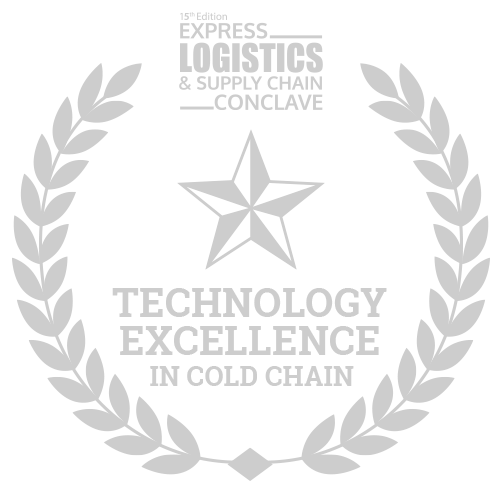
Related Articles.

